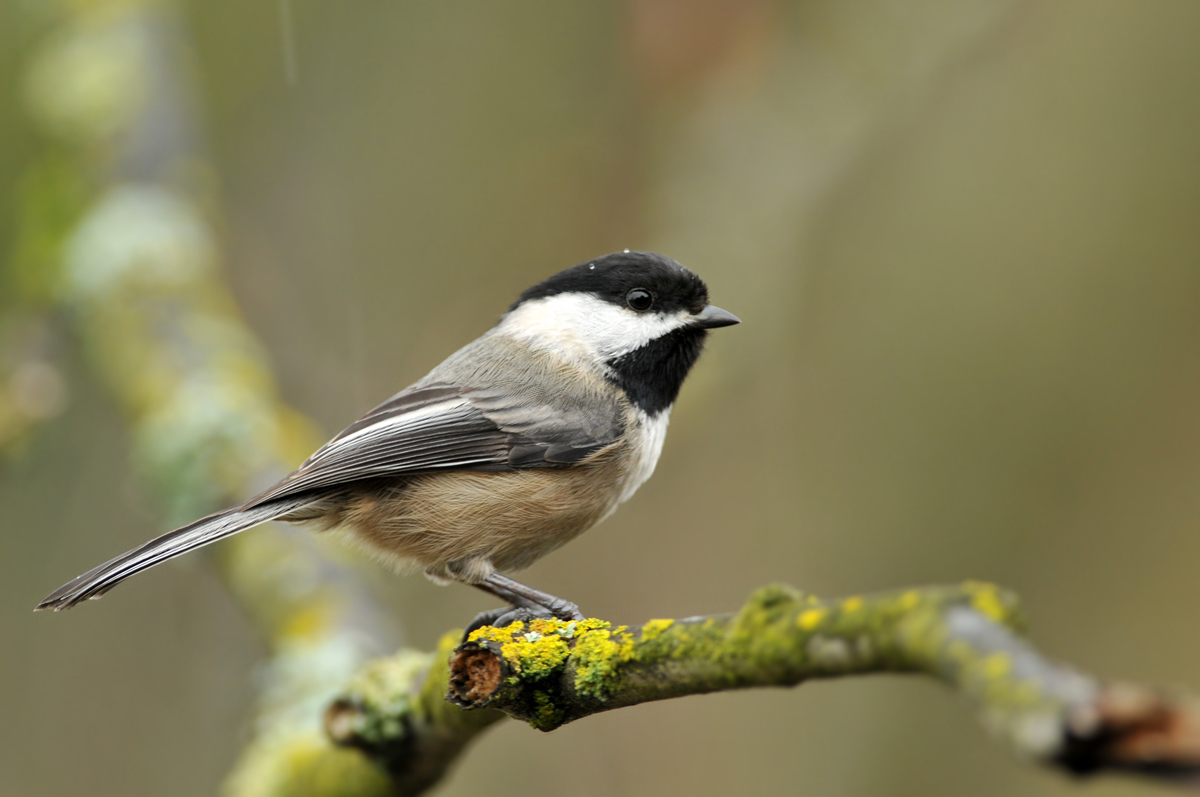Black-Capped and Carolina Chickadee
Basics: These two birds are extremely similar in looks, but across most of eastern North America, chickadee identification is simple. Carolina Chickadee occurs in the south and Black-capped in the north. The black capped tends to have a brighter and more contrasting overall appearance. The Black-capped Chickadee is the chickadee you will most likely see here.
Housing: Consider putting up a nest box to attract a breeding pair. A wren house will work for chickadees. Place the house from 8 to 10 feet high into a wooded area well before breeding season. Attach a guard to keep predators from raiding eggs and young. Black-capped Chickadees are especially attracted to a box when it is filled with sawdust or wood shavings. They also prefer an unobstructed path to the entrance hole, without branches and leaves in the way.
Food: Suet, peanuts, peanut butter, black oil sunflower seeds and bread product kitchen scraps.
How to Attract: Provide food, water, and shelter. Keep cats and other pets indoors. Provide suitable perches near feeders so Chickadees can flit away to a safe spot to eat each seed.
Facts: Individual birds CAN become tame enough to hand feed. Black capped Chickadees are monogamous birds.
Tip: Plant trees and shrubs of different sizes in mixed clumps to provide better foraging areas.
Bird of the Week Special:
- - - - - - - - - - - - - - - - - - - - - - - - - - - - - - - - - - - - - - - - - - - - - - - - - - - - - - - - -
Songbird Deluxe Birdseed
20 lb. Bag, Regular: $10.99
Just: $7.99
Good through 2/19/18. Not good with any other sale, coupon or discount or on previous purchases. Mention offer at the checkout counter.
HNF-004
- - - - - - - - - - - - - - - - - - - - - - - - - - - - - - - - - - - - - - - - - - - - - - - - - - - - - - - - -


